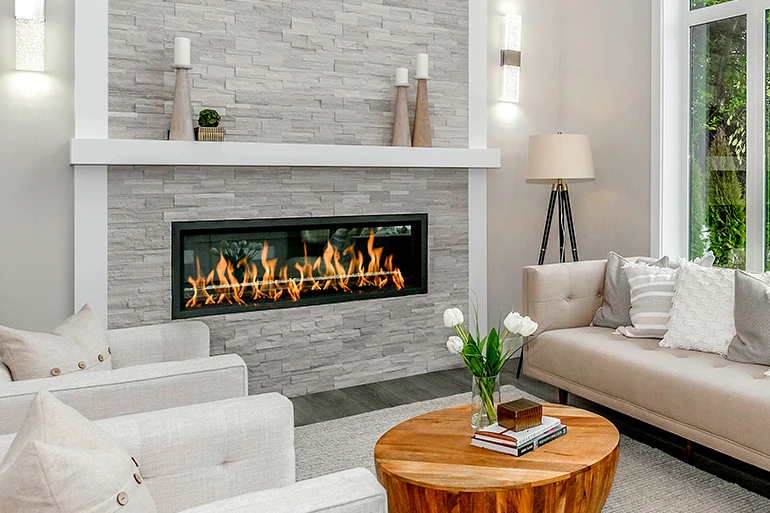Fireplace Buyers Guide
Do you have a dream of adding a fireplace to your home? If so, you aren't alone. Fireplaces have always been a part of creating a warm and cozy living environment. However, many people choose against installing a new fireplace because they lack knowledge to choose the perfect one. Purchasing a fireplace online can be seen as a drawback as well. The variety of types and styles do make it difficult to narrow down to a smaller selection of options. Though, this doesn't have to concern you. This article will discuss the different types of fireplaces available and will provide you with all the information you need to purchase an indoor fireplace with confidence.


